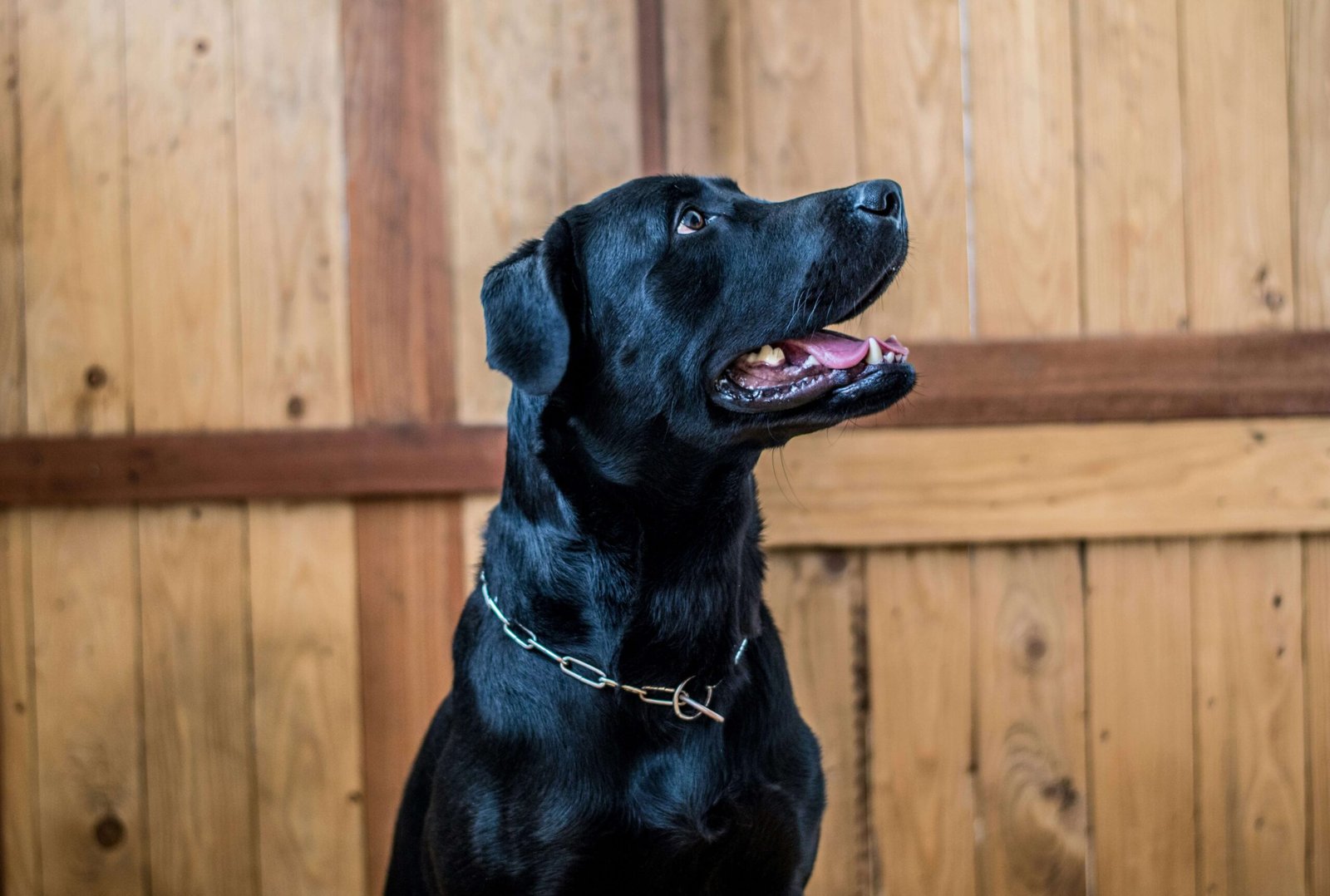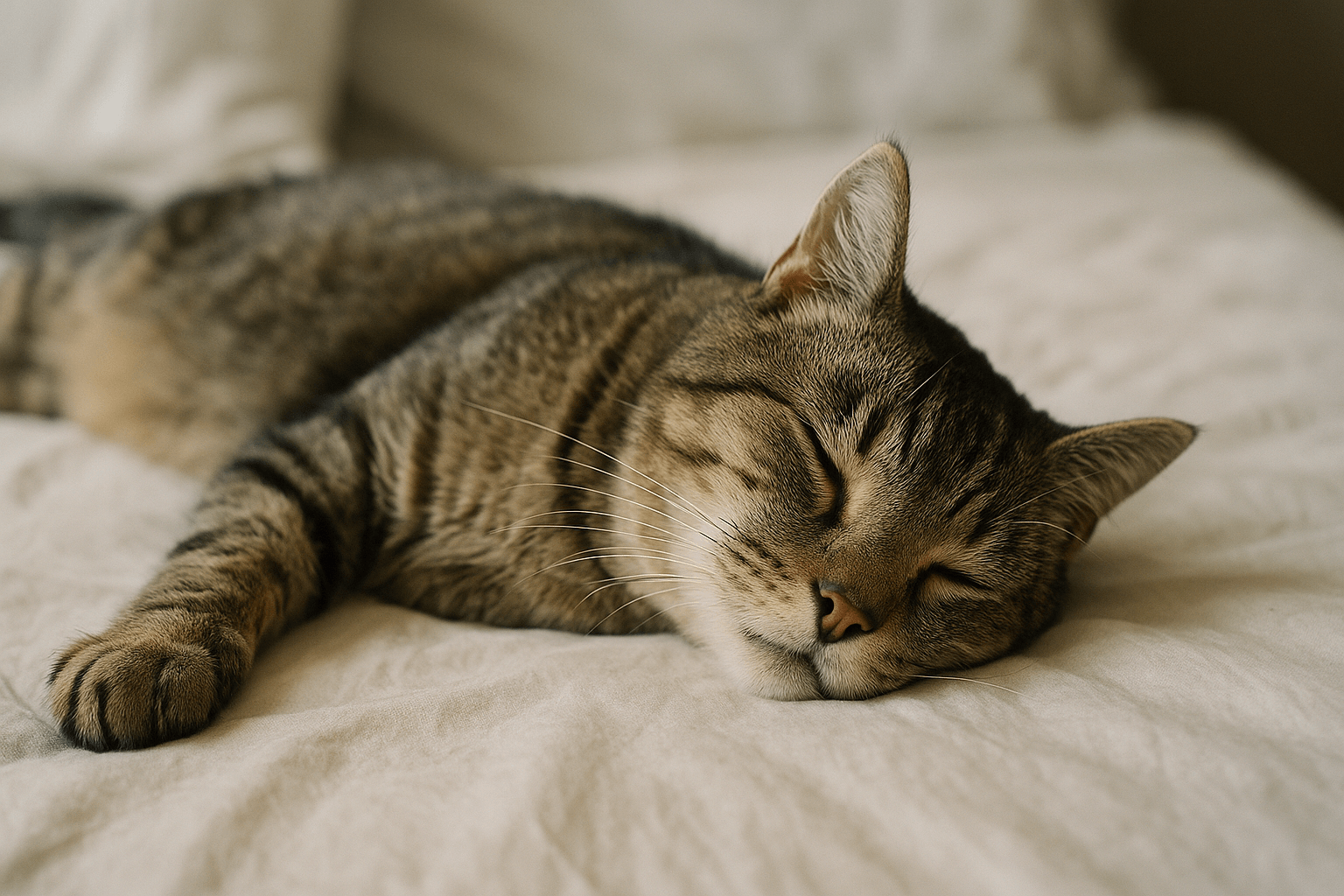How to Moisturize Dog Paws Naturally: A Gentle Guide for Pet Owners
As a pet owner, you know how much joy your furry friend brings into your life. But have you ever stopped to think about the hard work their paws do every day? Whether they’re trotting through grassy fields, strolling on hot pavement, or simply lounging at home, your dog’s paws are constantly exposed to the elements. Over time, this can lead to dryness, cracking, or even discomfort. Fortunately, there are natural ways to keep your dog’s paws soft and healthy without resorting to harsh chemicals. In this guide, we’ll explore simple, effective methods to moisturize your dog’s paws naturally, ensuring they stay happy and comfortable all year round.
Why Dog Paw Care is Essential
Taking care of your dog’s paws is more than just a grooming routine—it’s an essential part of their overall health. Neglecting paw care can lead to painful cracks, infections, or even mobility issues. Here’s why prioritizing your dog’s paws is so important:
Prevents Cracking and Bleeding
Dry paws can develop painful cracks, especially during cold or dry weather. These cracks can become infected if left untreated.Protects Against Environmental Hazards
Pavement, gravel, and even certain plants can irritate or damage your dog’s paw pads. Proper moisturizing creates a protective barrier.Improves Mobility and Comfort
Healthy paws allow your dog to move freely and comfortably, whether they’re playing fetch or going for a walk.Reduces Risk of Infections
Moisturized paws are less prone to cracking, which minimizes the risk of bacteria entering through open wounds.Strengthens the Bond Between You and Your Pet
Paw care routines give you an opportunity to bond with your dog while ensuring their well-being.
By understanding the importance of paw care, you can take proactive steps to keep your dog’s paws in top condition.
Natural Ingredients to Moisturize Dog Paws
When it comes to moisturizing your dog’s paws, nature offers a variety of safe and effective ingredients. These options are gentle on your dog’s skin and free from harmful chemicals. Here’s a list of natural ingredients you can use:
Coconut Oil
Rich in fatty acids, coconut oil deeply hydrates and nourishes dry paws. It also has antibacterial properties that help protect against infections.Shea Butter
This natural butter is known for its moisturizing properties and helps soften rough paw pads. It’s also safe for dogs when used in moderation.Aloe Vera
Aloe vera gel soothes irritated skin and provides hydration without clogging pores. Always use pure, unprocessed aloe vera to avoid additives.Olive Oil
A few drops of olive oil can provide quick relief for dry paws. Its antioxidants and vitamins promote healing and hydration.Beeswax
Beeswax creates a protective barrier on the paws, locking in moisture while shielding them from environmental hazards.
These natural ingredients are not only effective but also easy to find in most households. With these options, you can ensure your dog’s paws stay soft and healthy.
Check this guide 👉Top 5 Best Dog Nose Balms for Ultimate Snout Protection!
Check this guide 👉How Long to Soak Your Dogs Paws in Epsom Salt: Best 7 Tips!
Check this guide 👉Dog Paw Soaks for Infections: Best 7 Health Tips!

Natural Ingredients | Benefits for Dog Paws |
|---|---|
Coconut Oil | Deep hydration and antibacterial protection |
Shea Butter | Softens rough pads and promotes healing |
Aloe Vera | Soothes irritation and hydrates skin |
Olive Oil | Provides quick relief and nourishment |
Beeswax | Creates a protective moisture barrier |
Simple Steps to Moisturize Your Dog’s Paws Naturally
Now that you know which natural ingredients to use, it’s time to learn how to apply them effectively. Follow these simple steps to keep your dog’s paws moisturized and healthy:
Clean the Paws First
Before applying any moisturizer, gently clean your dog’s paws with warm water and a soft cloth. This removes dirt and debris that could cause irritation.Pat Them Dry
After washing, pat the paws dry with a towel. Avoid rubbing, as this can irritate the skin further.Apply the Moisturizer
Using your fingers or a cotton swab, apply a small amount of your chosen moisturizer to each paw pad. Focus on areas that feel dry or cracked.Massage Gently
Gently massage the moisturizer into the paws. This helps improve blood circulation and ensures even absorption.Let It Absorb
Allow the moisturizer to absorb fully before letting your dog walk around. This prevents them from licking off the product too soon.
By following these steps, you can maximize the benefits of natural moisturizers and keep your dog’s paws in great shape.
Tips for Preventing Dry Dog Paws
While moisturizing is essential, prevention is equally important. Here are some tips to help keep your dog’s paws healthy and hydrated:
Avoid Harsh Surfaces
Limit your dog’s exposure to hot pavement, gravel, or icy surfaces, as these can dry out or damage their paws.Use Paw Protection
Consider using dog booties during extreme weather conditions to shield their paws from harsh elements.Trim Excess Hair
Trim the hair between your dog’s paw pads to prevent matting, which can trap moisture and lead to irritation.Check for Allergies
If your dog’s paws seem persistently dry or irritated, consult your vet to rule out allergies or underlying health issues.Maintain a Balanced Diet
A diet rich in omega-3 fatty acids can promote healthy skin and paws from the inside out.
With these preventive measures, you can reduce the risk of dryness and keep your dog’s paws in optimal condition.
Signs Your Dog’s Paws Need Attention
Excessive Licking or Chewing
If your dog is constantly licking or chewing their paws, it could indicate dryness, irritation, or an underlying issue like allergies.Cracked or Peeling Skin
Visible cracks or peeling on the paw pads are clear signs that your dog’s paws need hydration and care.Limping or Reluctance to Walk
If your dog seems hesitant to walk or limps occasionally, it may be due to discomfort caused by dry or damaged paws.Redness or Swelling
Inflammation around the paw pads can signal irritation or infection, requiring immediate attention.Foul Odor
A strong, unpleasant smell from the paws may indicate a bacterial or fungal infection that needs treatment.
By staying vigilant and addressing these signs early, you can prevent further complications and keep your dog’s paws in great shape.
Best Practices for Paw Maintenance
Inspect Paws Daily
Take a few moments each day to check your dog’s paws for cuts, debris, or signs of dryness. Early detection prevents bigger problems.Trim Nails Regularly
Overgrown nails can affect your dog’s gait and put extra pressure on their paw pads. Keep them trimmed to avoid discomfort.Use a Paw Wash After Walks
After outdoor adventures, wash your dog’s paws with lukewarm water to remove dirt, salt, or chemicals they might have picked up.Apply Moisturizer as Needed
Depending on the season and activity level, apply a natural moisturizer to keep their paws soft and hydrated.Schedule Vet Check-Ups
Include paw health in your regular vet visits to catch potential issues before they worsen.
By making these practices a habit, you’ll ensure your dog’s paws remain strong and resilient.
Seasonal Tips for Dog Paw Care
Winter Care
During cold months, protect your dog’s paws from ice, snow, and salt. Use booties and apply moisturizers to combat dryness caused by harsh weather.Summer Protection
Hot pavement and sand can burn your dog’s paws in summer. Walk them during cooler hours and use paw balms to shield against heat.Spring Allergies
Springtime allergens like pollen can irritate your dog’s paws. Wipe their paws after walks and monitor for excessive licking or redness.Fall Precautions
Leaves and damp surfaces in fall can harbor bacteria. Clean your dog’s paws regularly to prevent infections.Year-Round Hydration
Regardless of the season, maintaining consistent hydration is essential to prevent dryness and cracking.
By tailoring your approach to each season, you can provide year-round protection for your dog’s paws.
Frequently Asked Questions About Moisturizing Dog Paws Naturally
Can I use human lotions on my dog’s paws?
No, human lotions often contain fragrances and chemicals that can irritate your dog’s sensitive skin. Stick to natural, pet-safe options.
How often should I moisturize my dog’s paws?
It depends on your dog’s needs, but generally, moisturizing 2-3 times a week is sufficient. Adjust based on weather conditions and activity levels.
What should I do if my dog licks the moisturizer?
Choose edible, non-toxic moisturizers like coconut oil to ensure safety. If your dog ingests something harmful, contact your vet immediately.
Are cracked paws a sign of a bigger problem?
Cracked paws can indicate dryness, allergies, or infections. If the issue persists, consult your veterinarian for advice.
Can I make my own paw balm at home?
Yes! Combine ingredients like coconut oil, shea butter, and beeswax to create a homemade paw balm. Store it in a cool place and apply as needed.
Final Thoughts: Keep Those Paws Happy and Healthy
Your dog’s paws are their connection to the world, and keeping them moisturized is a simple yet impactful way to show your love and care. By using natural ingredients, following preventive tips, and establishing a consistent routine, you can ensure your furry friend enjoys soft, healthy paws all year round. Remember, a little effort goes a long way in maintaining your dog’s comfort and happiness. So grab your favorite natural moisturizer and give those paws the TLC they deserve!
Why Is My Cats Second Eyelid Showing? Best 7 Expert Tips! Understand causes, health signs, and how to respond when your cat’s third eyelid becomes visible.
How Do I Know If My Cat Died Peacefully? Best 7 Expert Tips! Discover the quiet signs of a peaceful feline passing and find comfort in their final moments.
Cat Allergy Eyes: Best 7 Expert Tips! Discover why your eyes react to cats and learn proven strategies for relief—without giving up your feline friend.
Why Do Abyssinian Cat Colors Matter? Best 7 Expert Tips! Discover the genetics, rare hues, and care secrets behind Abyssinian coat colors for a healthier, happier cat.





